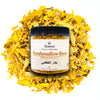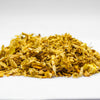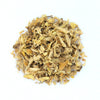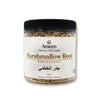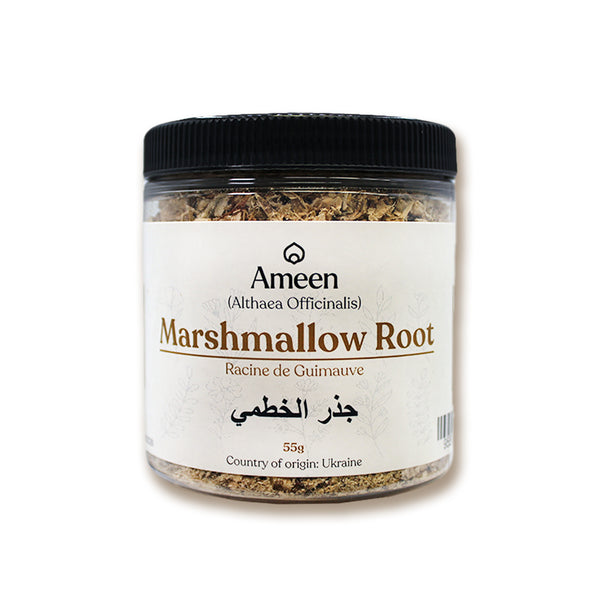Marshmallow Root, harvested from the Althaea officinalis plant, is a treasured botanical with deep roots in both culinary history and traditional herbal practices. Native to Europe, Western Asia, and North Africa, this beige, fibrous root is known for its naturally sweet, earthy taste and its distinct mucilaginous texture when steeped or boiled.
Culinary Legacy: The Root Behind the Treat
Long before modern marshmallows became a sugary staple, the original confections were made using real marshmallow root. Boiled with honey or sugar, the root produced a soft, airy texture that inspired the name of the treat we know today. Though rarely used in contemporary candy-making, the root's historical significance adds charm and cultural value to its profile.
-
Syrups & Beverages: Used to add body and gentle sweetness.
-
Herbal Confections: A natural thickening agent in plant-based sweets.
-
Infused Teas & Wellness Drinks: Contributes a smooth, soothing mouthfeel.
A Time-Honored Botanical for Everyday Use
The root's gentle, mucilaginous properties have made it a traditional favorite in herbal tea blends and holistic preparations. It’s often brewed on its own or combined with other calming herbs to create warm, comforting infusions. Its versatility has earned it a place in wellness-focused kitchens and apothecaries alike.
Why Choose Marshmallow Root?
• Flavor Profile: Mildly sweet and earthy with a soft, soothing consistency
• Uses in Cooking: Perfect for herbal teas, syrups, and natural confections
• Cultural Legacy: Historically used in both culinary and wellness traditions
Botanical and Cultural Identity
-
Botanical Name: Althaea officinalis
-
Common Names: Marshmallow Root, Althaea, Sweet Weed, Mallards, Guimauve Officinale, Mortification Root, Racine de Guimauve, Khatmi, Wymote, Hollyhock Root, Gulkhairo
-
Global Names:
-
Arabic: جذر الخطمي (Jathr al-Khatmi)
-
French: Racine de Guimauve
-
Chinese: 棉花糖根 (Miánhuātáng Gēn)
-
Hindi: गुलखैरा जड़ (Gulkhaira Jad)
-
Persian: ریشه ختمی (Rishe Khatmi)
-
Spanish: Raíz de Malvavisco
-

